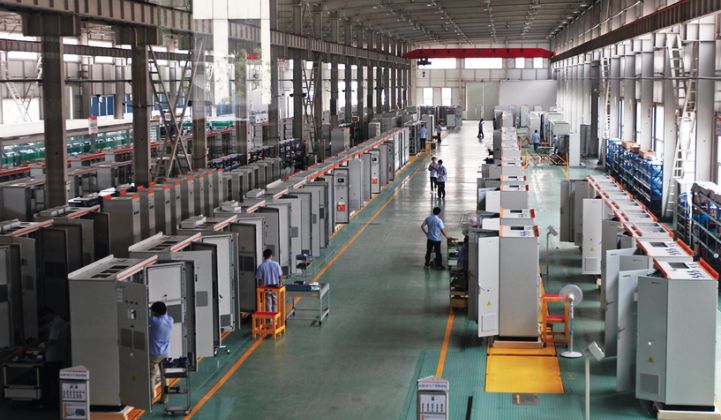As new industries like solar grow, the only constant is change.
From owners and investors, technology providers to installers, the leaders of today may not be the leaders of tomorrow. Three years can seem like a lifetime when reflecting upon the changes we’ve already seen in the solar industry.
However, when you try to look ahead a few decades -- the generally accepted life expectancy of a PV plant -- predicting what the industry landscape will look like is akin to picking lottery numbers.
Yes, consolidation happens, and it’s a given. Companies merge, get acquired, or simply cease to exist. This happens mostly in the technology industry. Technology is a risky business. A large amount of upfront capital is required to develop innovative products and rapidly bring them to market. At the same time, being able to meet price and cost targets, which are generally determined by the market and whose curve over time only goes down, is a daunting challenge.
The risks are many, and long-term success is far from assured. There’s market risk, regulatory risk, political risk, technology risk, and of course, competitive risk. When navigating the field of core system technology providers, such as the inverter companies, it can be difficult to determine the right partner with whom to align.
Additionally, as market segments and technologies continue to evolve, what was recently seen as a utility or commercial solution is being redefined by the growing adoption of distributed architecture plant design enabled by higher-power string inverters with advanced features. This can further complicate choosing the right path and the right partner.
Technology is certainly important to the overall ROI over the lifetime of a PV plant. Performance matters. At the same time, one must also consider bankability.
How shall we determine bankability of a technology provider? Is it inherent in the very largest and most globally diversified companies? Perhaps it’s the companies that have been around the longest and have a substantial installed base? Or maybe it’s the younger and more agile companies that are seeing strong growth?
Regardless of their size or time in the market, technology providers face two significant and ongoing challenges. One is to continue to provide solutions that are innovative and relevant. The second, perhaps the most difficult, is to profitably grow their business.
I’ll go out on a limb and assert that this is the most critical factor to consider when selecting technology partners. After investing substantial time, energy and resources into technology selection, the last thing you want is the company (or division of a company) you partnered with to go out of business. Since PV plant owners have to live with these technology selections for a very long time, one would expect that the financial viability of their key supplier partners is at the top of their list of criteria.
Numbers matter. CEC efficiency and AC kilowatt output at 50 degrees C are important numbers. However, equally important numbers to consider are those related to dollars, euros or yuan expressed as EBITDA, revenue, CAGR and debt.
In a growing and rapidly changing industry, it’s not easy to foresee and manage risk. In the movie Indiana Jones and the Last Crusade, the brave knight guarding the Holy Grail tells the Nazi conspirator Donovan, who seeks immortality, that he must choose from the many goblets from which to drink. Donovan chooses one of the shiniest and most ornate goblets -- and its contents destroy him in a matter of seconds.
When looking at the many inverters out there, it’s always prudent to take some additional time to do some financial due diligence. Do the companies that share your mission to help save the planet also have a strong likelihood of being around in the future? Consolidation is inevitable -- so choose wisely.
***
Matt Louis is Senior Regional Sales Manager for Sungrow USA, a subsidiary of Sungrow Power Supply Ltd. Sungrow is the second-biggest global supplier of power electronic solutions in the PV industry. Founded in 1997, Sungrow has over 12 gigawatts of inverters installed globally and five subsidiary offices around the world.




